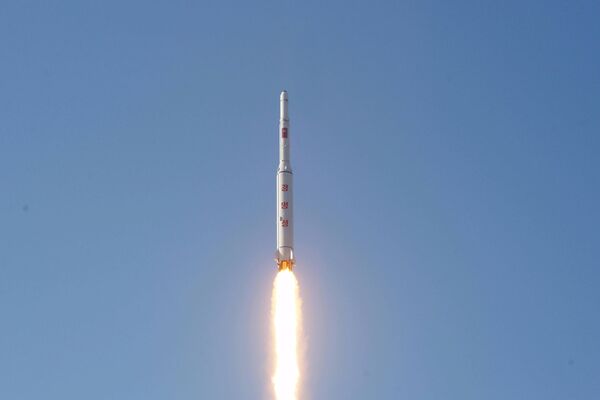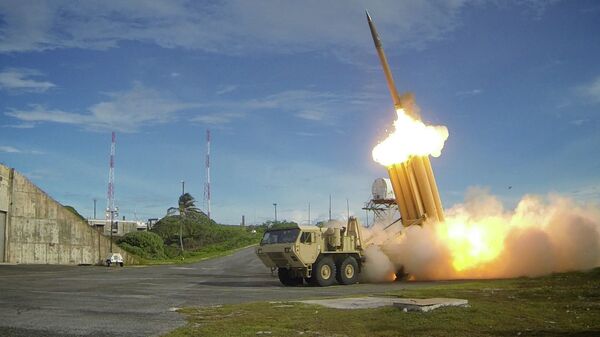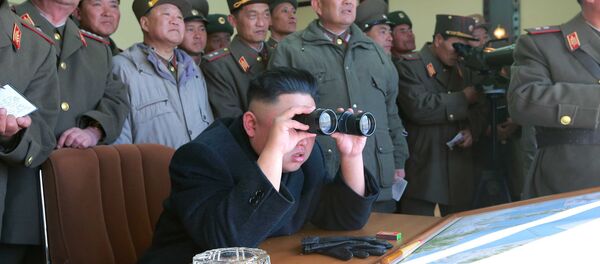"Until recently we were told that [Washington's] anti-missile defense system in Europe was aimed at protecting [the US and its allies] from Iran's missile program. Now China is told the same thing," the diplomat said during a lecture at the Museum of Contemporary Russian History.
The remarks come at a time when Washington and Seoul have launched formal talks over the possible deployment of America's advanced missile defense system, known as Terminal High Altitude Air Defense (THAAD), to South Korea in the light of Pyongyang's recent rhetoric, threats, as well as nuclear and missile tests.

Many in the Republic of Korea and elsewhere firmly oppose the move since it could further deepen the rift between the two countries and make North Korea's behavior even more erratic.
State Department spokesman John Kirby later tried to dispel these concerns by insisting that the system is "purely defensive." But many, including Ordzhonikidze, remain unconvinced.
North Korean "missiles are simply incapable of hitting targets located on US territory. Meanwhile, the US has almost encircled the world with its missile defense systems," he observed.

THAAD, produced by Lockheed Martin, is a US missile defense system capable of intercepting short- and medium-range ballistic missiles beyond the Earth's atmosphere. The complex has a range of 200 kilometers (124 miles).
South Korea operates several of the US-built MIM-104 Patriot surface-to-air missile (SAM) systems, purchased from Germany.


